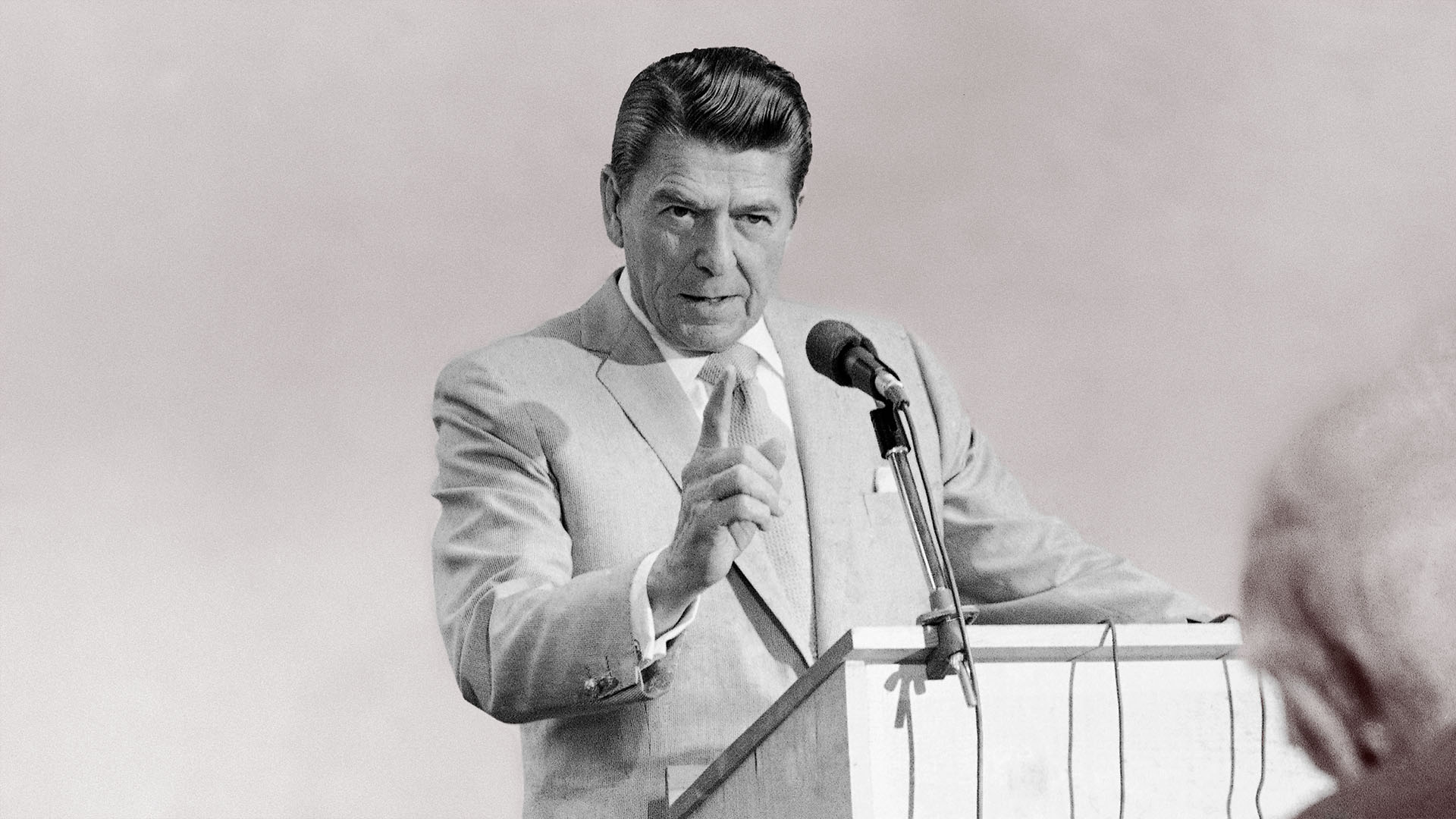As Congress rushes to make year-end deals on spending and taxes, I have a sinking feeling that we’ve seen this movie before: large tax cuts, sharp increases in Pentagon spending, and a pledge that it will all work out as increased economic growth keeps the federal deficit from going through the roof. This approach has a troubling pedigree – it’s basically Reaganomics on steroids.
Let’s start with the tax bill that could be voted on as early as next week. There has not been enough information released to make a rigorous estimate, but rough projections suggest that the bill could add up to $1.5 trillion to the deficit over the next decade. The bulk of the bill’s tax benefits go to millionaires, billionaires and large corporations. Wealthy individuals spend less on basic goods and services than middle- and low-income households, which means that any boost in consumer spending generated by tax cuts will be much less than it could have been under a more equitable tax plan. And many corporate leaders are likely to spend their new windfall on upping dividends and share prices, not investing in productive activities that will produce new jobs and increased tax revenues.
House Speaker Paul Ryan has already indicated that, if passed, the tax bill will be a prelude to a drive to make substantial cuts in basic social safety net programs like Medicaid, Medicare, and Social Security – or in plain terms, as John Cassidy of the New Yorker put it, to “gut the welfare state.” In other words, first cut revenues, and then turn around and say there’s no money to pay for basic benefits that low- and middle-income Americans have come to rely on – and taken for granted – for decades. During Reagan’s time it was referred to as “starving the beast.” If by “the beast” you mean average Americans who depend on the social safety net to sustain their standards of living and stay out of poverty, the analogy holds.
Strangely, the discussion of government finances has underemphasized the role of runaway Pentagon spending, which could run to $7 trillion or more over the next decade if the Pentagon and hawks in Congress have their way. A welcome exception to the rule was this week’s editorial in the New York Times, entitled “The Pentagon is Not a Sacred Cow.” The Times rightly points out that there is ample waste in current Pentagon spending, including $125 billion in unnecessary overhead that could be squeezed out of the budget over the next five years. As the editorial also notes, drawing on a piece by Mark Thompson of the Project on Government Oversight, the “readiness crisis” that is routinely used as an argument to boost Pentagon spending is not nearly as severe as the generals and chairs of the Congressional armed services committees would have us believe. For example, Thompson’s piece quotes Sergeant Major of the Army Daniel Dailey’s statement that “I haven’t had a single soldier tell me in three or four years we’re in crisis . . . I don’t see us in a crisis at all.”
Add to the above overspending on the unproven F-35 combat aircraft, a proposed thirty-year nuclear modernization plan that would cost $1.7 trillion when adjusted for inflation, and a military-heavy counterterrorism strategy that has done little to stem the proliferation of terrorist organizations or “lone wolf” extremists, and the notion that throwing more money at the Pentagon will make us any safer is called into question.
Before we set the stage for the shredding of the social safety net through an unfair tax plan and an overstuffed Pentagon, the public should press Congress for a better plan, as soon as possible. Once the consequences of Reaganomics became clear – a jump in unemployment and a potential ocean of red ink – Ronald Reagan and the Congress shifted course, raising taxes and beginning the process of putting a lid on endless growth at the Pentagon. It took longer than it should have, and much damage had already been done, but it was a sign that the fantasy that large tax cuts and massive Pentagon spending increases would increase our security and prosperity had seemingly come to an end. But thirty years later, we are having the same fight, with even more at stake.
William D. Hartung is the director of the Arms and Security Project at the Center for International Policy.





















